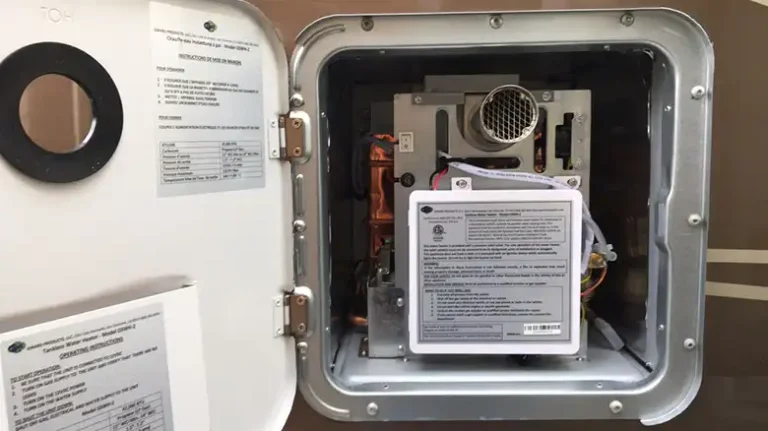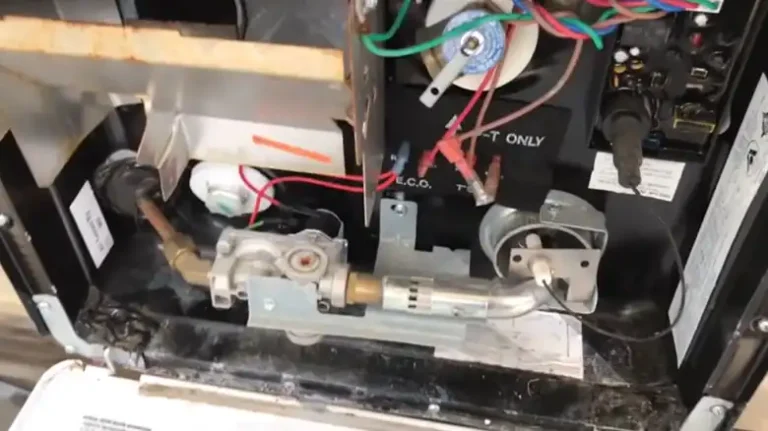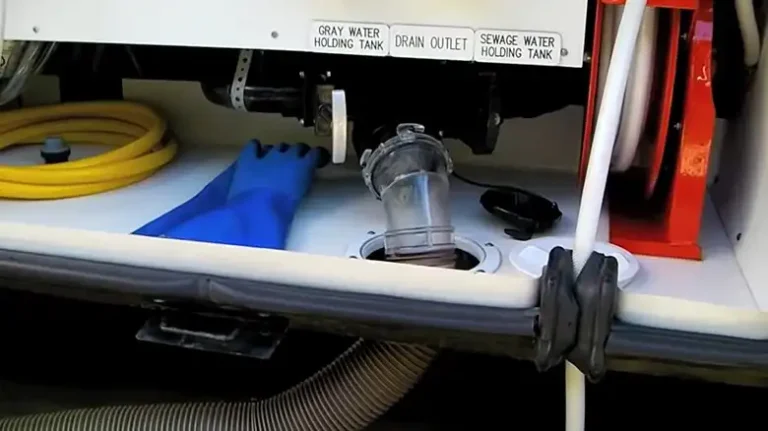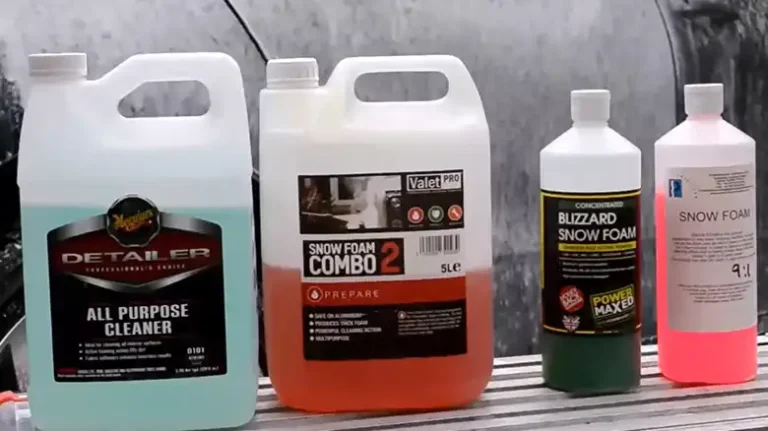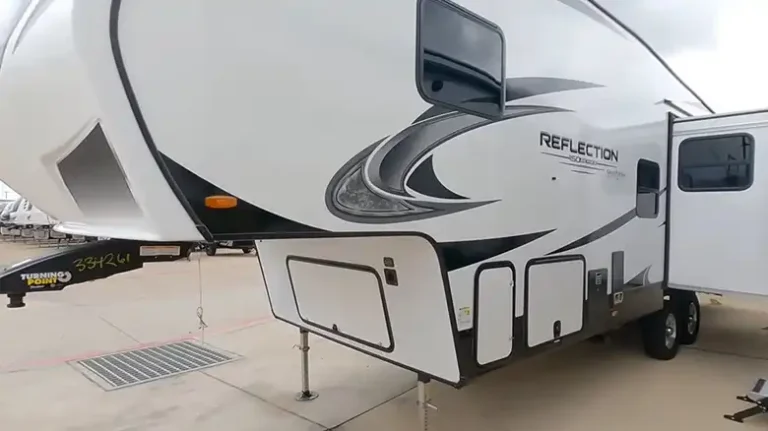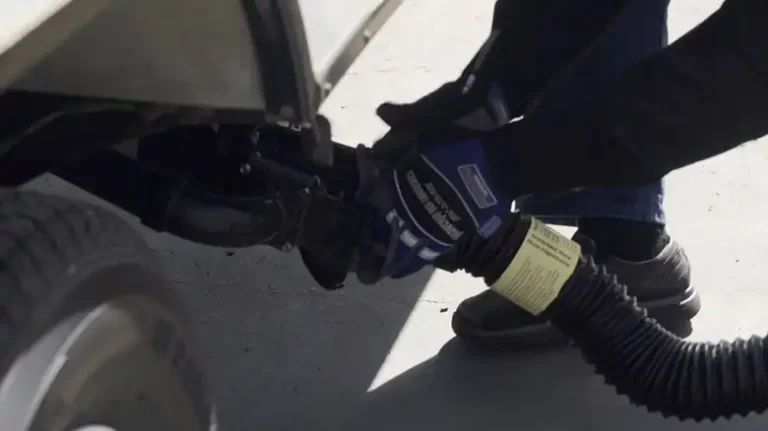RV Water Pump Humming But Not Pumping | How Do I Fix
As an RV owner, I rely on the RV’s water pump to deliver water for cooking, washing, and flushing. So when I turned on the faucet and heard the annoying humming from the water pump compartment, without any water flowing out, I knew I had an issue to tackle. From experience, this signaled low flow or no flow of water despite the pump operating. Time to put my troubleshooting hat on!
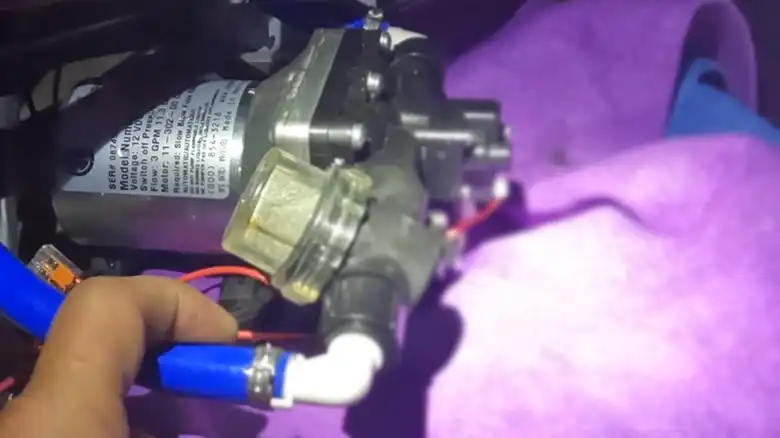
Potential Causes of RV Pump Not Pumping but Humming
There were a few likely culprits that could be causing my RV water pump to hum, but not pump water efficiently:
Airlock in the Plumbing Lines
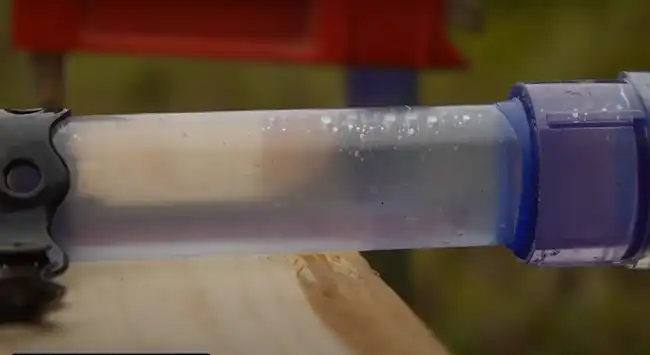
If air has somehow gotten trapped in the plumbing lines, it can prevent water from flowing smoothly through the hoses and to the faucets. The humming sound tells me the pump mechanism is working, but the air pocket is interfering with the water movement.
Pump Strainer Clogged
The pump strainer is key – it prevents debris from entering and damaging the actual pump. But over time gunk, dirt, and grit can accumulate in the strainer and eventually clog it up. With enough blockage, less and less water gets through to the pump.
Faulty Pressure Switch
The pressure switch tells the pump when to turn on and off based on the water pressure in the plumbing system. If the pressure switch malfunctions due to normal wear and tear, it can give faulty signals to the electric pump even if the actual water pressure is low or non-existent.
Pump Impeller Stuck or Worn Out
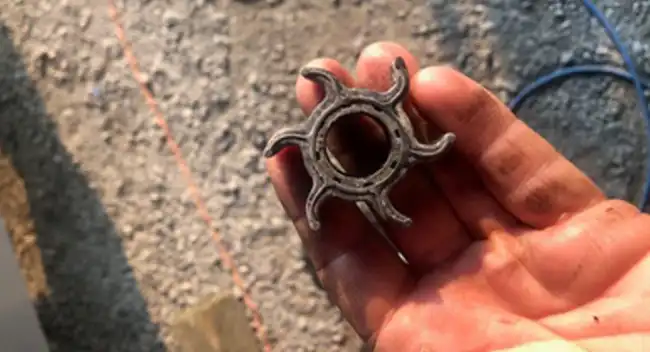
Inside the water pump is an impeller blade that rotates to push the water along. If the impeller gets stuck and cannot spin, or the moving part is excessively worn out, the pump motor may run but the impeller just hums in place without moving the water.
Diagnostic Steps to Identify the Issue With RV Water Pump
Based on those common issues, I systematically went through some tests to pinpoint the cause:
Check for Kinks in the Hoses
An obvious first step – but critical! I examined the intake hose from the fresh water tank down to the pump inlet and the outlet hose from the pump itself to the RV water heater and faucets. I made sure there were no sharp bends or kinks that would severely limit the water flow.
Ensure the Pump is Submerged in the Water Supply
RVs use a demand pump, meaning water only runs when needed. For the pump to operate right, it needs to stay submerged in water supply. This lets the pump fill internally with water to prime the system. So I opened up my fresh water tank, added 5 gallons, and verified the pump intake was sitting in the tank water.
Clear Any Trapped Air From the Lines
Despite filling the tank, there might still be sneaky air bubbles caught here or there preventing smooth water flow. So I carefully bleed each faucet and purge the plumbing lines one section at a time.
Inspect and Clean the Pump Strainer
The strainer catches all kinds of gritty particles and mineral deposits. I unscrewed the see-through strainer cap and as suspected, noticed some debris caked around the screen mesh. Using a toothbrush, I gently cleared out the strainer back to a clean state.
Check the Pressure Switch
While an electrical test would be most reliable, I used my multimeter to check if the pressure switch was at least sending the expected electric signal. I verified it was signaling the pump motor even with no water pressure. This pointed away from the switch as the culprit.
Inspect the Impeller
Lastly, I removed the pump cover and manually rotated the impeller blades to check for sticking or binding issues. The impeller turned smoothly, however, the plastic vanes looked quite worn down. At this point, the direct cause likely came down to the worn-out impeller despite the other fixes.
How to Fix Water Pump Humming But Not Pumping
With the root cause found, here were my options:
Fix Kinks, Refill Tank
Having unkinked the hoses and topped off the fresh water, may solve a newly introduced but temporary issue.
Clean Pump Strainer
Removing trapped gunk and particles restored full strainer functionality. This kept even water flowing to the pump.
Replace Faulty Pressure Switch
If my test showed the pressure switch failed, replacing this key electric component would have been necessary.
Repair or Replace Worn Impeller
The impeller in my case needed to be replaced after excessive wearing down from months of use. A new impeller got my water pump pushing strong water flow again.
Preventative Maintenance for RV Water Pumps
To maximize my water pump lifespan and minimize issues, I make it a priority to:
Periodically Inspect and Clean the Strainer
Every few months or before major trips, I visually examine the strainer and brush it clear of any built-up sediment. This regular maintenance prevents clogging disasters down the road.
Use Pump Saver in Cold Weather
When winterizing my RV, I always add RV antifreeze and a pump saver additive to the plumbing to avoid pump damage in freezing temps. The lubricating chemicals reduce strain and wear.
Replace Impeller Every 2-3 Years
Even with the best maintenance, the rubber impeller works extremely hard and gets worn out over years of operation. I learned my lesson and now swap in a new impeller every 2-3 years.
Keep Fresh Water Tank Full
Make sure to fill up the onboard fresh water before trips and give the pump its necessary water supply source. This lets it easily prime and prevents it from running dry.
When to Call a Professional
While quite handy as an RV owner, I also know my limits. If I had exhausted all the typical troubleshooting steps and fixes to no avail, it would be smart to call in an RV professional at that point for additional diagnostics. I would also hire out specialized tasks like:
Pressure Switch Testing and Replacement
Proper testing and installation of the pressure switch is best left to qualified RV technicians rather than attempting to replace it myself.
Impeller Repairs
Though I can handle an impeller swap out, if there was damage to the actual pump shaft or motor components that required disassembly, I would seek professional assistance.
How Do I Know If My Pump Motor is Bad?
Here are the main signs that indicate your RV water pump motor may be bad:
- No humming sound when the pump is switched on – If you don’t hear the typical electric motor humming noise when you turn the pump on, it likely means the motor is not even trying to run. This points to a failed motor.
- The pump doesn’t prime – When you first turn the pump on, it should fill itself with water to get the pumping process started. If you’ve confirmed the water supply but the pump still fails to prime, the motor is a probable cause.
- Intermittent operation – An aging pump motor may sputter on and off instead of running continuously when water pressure drops. The motor lacks the consistent torque it once had.
- Overheating – Prolonged humming and straining are taxing for the motor and cause overheating. If the motor is too hot to touch, it’s not running efficiently.
- Circuit tester shows no power draw – Use a multimeter or circuit tester to check if the pump motor is drawing amps when switched on. No power draw means the windings have likely failed.
- Visible damage – Open up the pump housing to inspect the motor windings and brushes for discoloration or cracks that indicate terminal damage.
How Much Does it Cost to Replace an RV Water Pump?
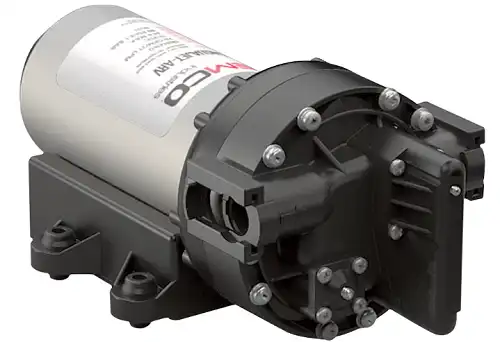
The replacement cost for an RV water pump motor can vary quite a bit depending on the specific type and size of motor needed. Some general cost estimates:
- Standard small-demand pump motor – $50-$150 for just the bare motor. Complete new pump assemblies with motors tend to cost $125-$250.
- Larger capacity RV fresh water pump motor – Approximately $175-$300+ for a higher output motor. Matching the gallons per minute rating is key.
- Quieter high-flow pump motors – Premium pumps with upgraded low-noise motors range from $275 up to $500 typically. Paying more does buy a longer lifespan and reliability.
- Installation charge – If you can’t self-install the replacement, RV tech shop service charges average $65-$95 per hour. Complex access or plumbing mods may take 2-3 hours.
Conclusion
As frustrating as it was hearing my RV water pump fruitlessly humming away, methodically diagnosing the cause and finally arriving at a worn impeller revealed the solution. Replacing that single component got my water flowing again just in time for my next adventure on the open roads in my home away from home! And I gained valuable troubleshooting experience for the next round of RV owner duties keeping my rig in prime condition.
Additional FAQ
Why does my water pump motor hum but won’t start?
If your RV water pump hums but doesn’t come alive, it’s likely caused by a lack of power. The motor is simply not getting enough power to get started. This is caused, most of the time, by a blown fuse.
What are the signs of a weak water pump?
Longer pump run times to achieve desired pressure, inability to maintain consistent water pressure, low flow rates from faucets and fixtures, pressure drop-off or “surges” when multiple taps opened, etc.

